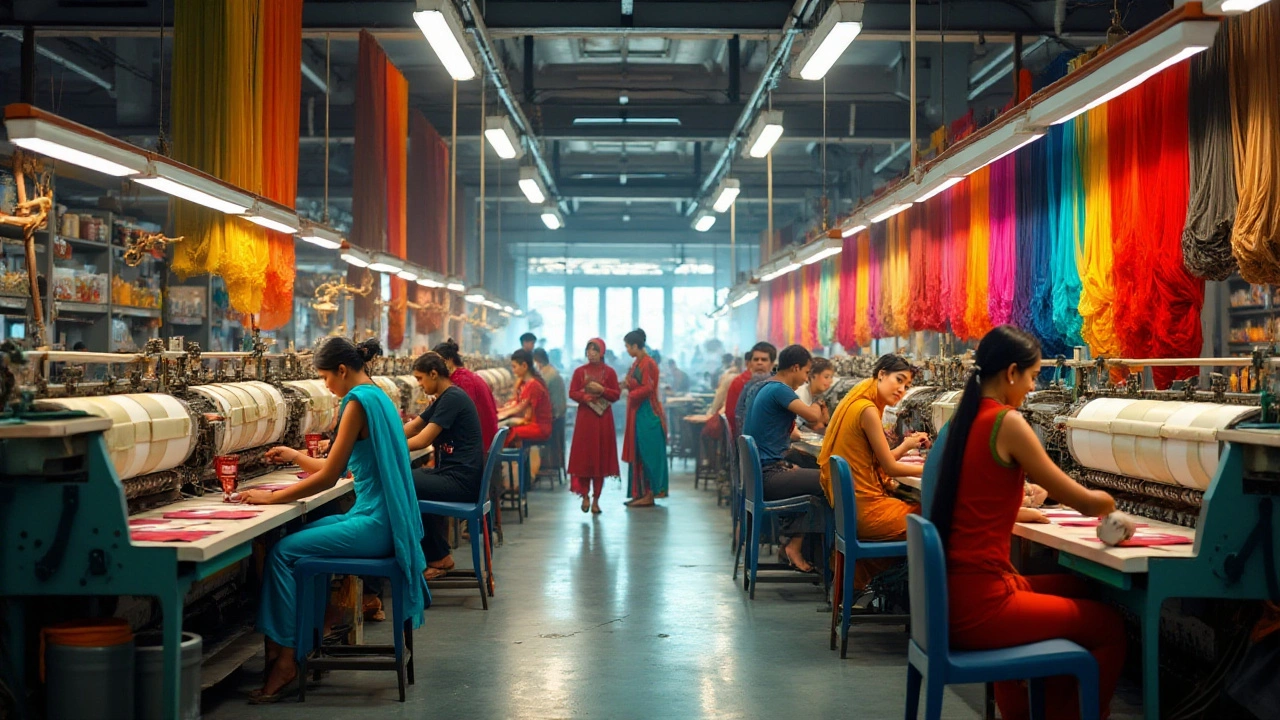- What Is the 15-Year Car Rule in India? Everything You Need to Know Oct 30, 2025
- Where Does CVS Get Their Drugs From? Inside the Pharma Manufacturer Pipeline Apr 27, 2025
- Which car brands are made in India? Oct 27, 2025
- Which Country Is Most Advanced in Electronics Manufacturing? Dec 16, 2025
- What Are 10 Units of Measurement Used in Food Processing? Dec 23, 2025
Small Factory Setup: Your Quick Start Guide
Thinking about running your own production unit? You don’t need a massive campus or a huge budget. With the right plan, a small factory can become a steady income source and a stepping stone to bigger projects. This guide walks you through the basics so you can move from idea to operation without getting lost.
Key Steps to Launch a Small Factory
First, nail down what you’ll produce. Pick a product that matches your skills, has a clear market, and can be made with modest equipment. Next, scout locations. Look for zones with low land cost, good road or rail links, and access to utilities. Many state industrial parks offer tax breaks for MSMEs – check them out.
Once you have a site, draft a simple budget. Include rent, power, raw material, labor, and a safety buffer for unexpected costs. Financing options range from bank loans to government schemes like the Credit Guarantee Fund. Keep the numbers realistic; over‑estimating sales is a fast track to cash flow problems.
Equipment selection is the next hurdle. For a small setup, modular machines or second‑hand gear can do the job. Talk to suppliers about leasing or pay‑per‑use models – they lower upfront spend and let you scale later. Remember, quality matters more than quantity when you’re building a reputation.
Don’t skip legal steps. Register as an MSME, get the factory license, and secure environmental clearances if needed. Compliance may sound boring, but a missing permit can shut you down overnight. Keep all documents organized and set reminders for renewal dates.
Common Pitfalls and How to Avoid Them
One big trap is under‑estimating working capital. Even if sales look good on paper, you need cash on hand for raw material purchases and payroll. Build a 2‑3 month buffer or arrange an overdraft line before you start.
Another mistake is ignoring supply chain reliability. A single delayed shipment can stop production and damage customer trust. Source at least two vendors for critical inputs and keep a small safety stock.
People often overlook training. Skilled operators reduce waste, boost output, and keep machines running longer. Invest in short, hands‑on training sessions – the cost is tiny compared to lost production.
Marketing is easy to forget when you’re busy building the floor. Set up a simple website, list your products on local B2B platforms, and ask satisfied buyers for referrals. Early visibility helps fill orders before you even hit full capacity.
Finally, keep an eye on scalability. Design your layout so you can add another line or expand storage without major rework. A flexible floor plan saves time and money when demand spikes.
Starting a small factory is a mix of planning, smart spending, and staying compliant. Follow these steps, watch out for the common traps, and you’ll be on your way to a profitable manufacturing business. Need a partner for equipment or process optimization? Rise Corp India offers tailored solutions for tiny setups, helping you turn ideas into real products fast.
Cost Analysis for Setting Up a Small Textile Manufacturing Unit in India
- Aarav Sekhar
- Dec 11, 2024
Discover the financial requirements and considerations for establishing a small textile manufacturing factory in India. This article will provide insight into the primary cost factors, like machinery, labor, and location, and offer tips to efficiently manage investments. Understand how market trends and government policies influence costs, and get familiar with the step-by-step process to jumpstart your textile business. Learn the financial dynamic within India's booming textile sector to make informed decisions.
